To know which engine will fit in a car, compare the intended engine’s dimensions and mount points with those of the current engine bay. Engine compatibility with mounts, transmission, and ancillary systems must be assessed.
Searching for the right engine to fit in your car involves a mix of technical know-how and understanding your vehicle’s specifications. It’s crucial to embark on this journey with a clear roadmap of your car’s anatomy, focusing on the dimensions and layout of its engine bay.
This preliminary insight helps gearheads and enthusiasts alike anticipate the spatial constraints they’ll face. Checking engine compatibility isn’t just about space; it involves ensuring that the new power plant will effectively communicate with your car’s existing systems, such as the transmission, cooling, and electrical.
One must consider engine mounts, as these are the bridge between your car’s heart and its body, ensuring that the powertrain sits securely within its chamber. It’s a complex task that goes beyond a simple transplant; it’s about an integration that maintains performance and avoids costly mismatches.

Credit: www.carfax.com
Engine Compatibility Basics
Determining the right engine fit for your car involves matching engine mounts, checking space constraints, and ensuring compatibility with the transmission. Mastering engine compatibility ensures a seamless swap, enhancing vehicle performance and reliability.
Understanding Engine Compatibility
Factors Affecting Engine Fitment
- Mounting Points: The engine block must align with the existing mounting points in the chassis.
- Transmission Match: The new engine should be able to connect with the current transmission system or require a compatible alternative.
- Space Constraints: Ensure there’s enough room in the engine bay to accommodate the dimensions of the replacement engine.
- Electronics and Connectors: Electronic interfaces and wiring must be compatible with the new engine.
Fuel Choice
Cylinder Layouts
| Layout | Description | Common Cars |
|---|---|---|
| Inline | Cylinders arranged in a single line. | Honda Civic |
| V-shaped | Cylinders arranged in a ‘V’ configuration. | Chevrolet Corvette |
| Flat | Cylinders laid out in a horizontal plane. | Subaru Outback |
Types Of Engine Swapping
Understanding which engine will fit in your car involves matching dimensions, mounts, and transmission compatibility. Engine swapping types range from direct replacements to complex custom modifications that may require extensive mechanical adjustments.
Swapping Manufacturer Approved Engines
- Direct replacement: With this swap, engines are exchanged one-for-one, ensuring a seamless transition.
- Manufacturer Variants: Some manufacturers offer higher performance variants of the base engine that are direct fits.
Swapping Different Engines
- Engine Size and Fit: Prioritizing dimensions and physical clearance within the engine bay.
- Mounts and Adapter Plates: Fabricating custom mounts or sourcing adapter plates to fit different engine types.
- Drivetrain Alignment: Ensuring the transmission, axles, and differential align with the new engine.
- Electrical and Fuel Systems: Reconfiguring wiring, ECUs, and fuel delivery systems to match the new setup.
Considerations For Engine Swapping
Embarking on an engine swap project requires meticulous planning and a thorough understanding of both the vehicle in question and the desired engine. Whether you’re seeking to boost performance, enhance efficiency, or simply revitalize an old vehicle, it’s essential to evaluate numerous factors to ensure a successful engine swap.
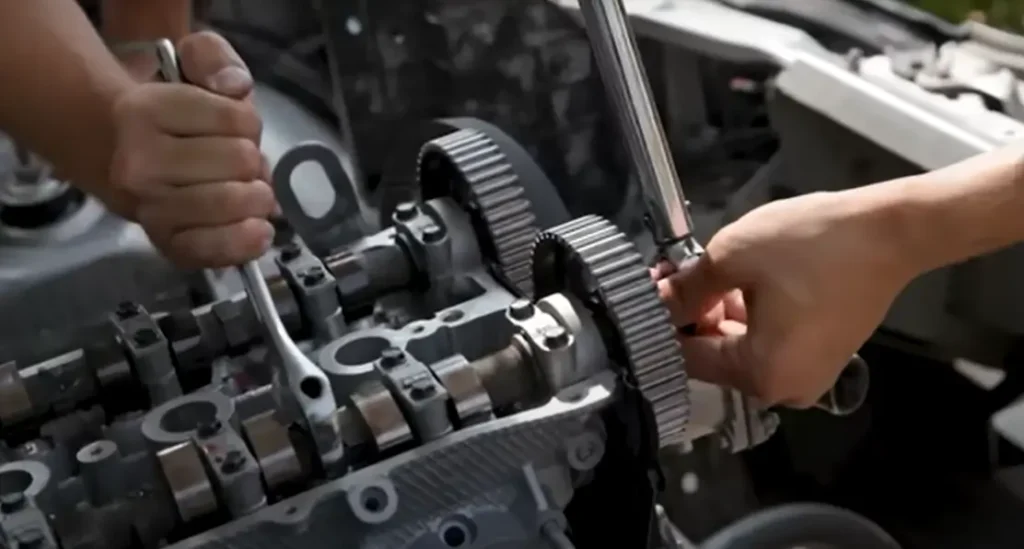
Engine Swapping Process
Determining engine compatibility before a swap involves matching dimensions and mounts with your car’s chassis. For a successful swap, assess motor mount locations, transmission fitment, and engine bay clearance to ensure the new engine aligns with your vehicle’s specifications.
Compatibility Assessments
Before even considering an engine swap, understanding the scope of compatibility between your car and the potential new engine is fundamental. This involves several key factors:
- Mounting points: Check if the engine mounts align with the chassis.
- Transmission fitment: Assess whether the transmission will mate with the new engine or if you need an adapter.
- Drivetrain geometry: Ensure the new engine does not interfere with existing drivetrain components.
- Electrical systems: Verify compatibility with the vehicle’s electrical architecture.
- Cooling system: The new engine should fit within the original cooling system layout, or modifications should be planned accordingly.
- Exhaust system: New engine should accommodate the existing exhaust or require minimal modification.
These assessments can prevent costly mistakes and ensure a smoother installation process.
Identifying Exact Engine Need
Identifying Exact Engine Need
Selecting the ideal engine involves more than matching dimensions. Consider these factors to pinpoint your exact engine needs:
| Factor | Details |
|---|---|
| Performance | Desired power output and torque characteristics. |
| Weight | The engine’s weight must be suitable for the car’s balance and handling. |
| Emissions | Ensuring that the new engine complies with local emissions regulations. |
| Economy | Fuel efficiency and maintenance costs over the engine’s lifespan. |
By aligning these considerations with your objectives, you’ll choose an engine that not only fits but also fulfills your intended purpose for the car.
Tier II Engine Swaps
Tier Ii Engine Swaps
- Utilizing engines that were available in other models or trims of the same vehicle, reducing the need for extensive modification.
- Cross-model swaps among a single manufacturer’s lineup, leveraging shared design attributes.
- Slight adjustments or retrofitting components like engine control units, wiring harnesses, and custom fabricated parts.
This tier strikes a balance between significant performance upgrades and maintaining a reasonable level of project complexity.
Frequently Asked Questions Of How To Know What Engine Will Fit In A Car
How Do You Know If An Engine Is Compatible With Your Car?
To determine if an engine is compatible with your car: 1. Check the vehicle’s engine bay dimensions. 2. Match the motor mount positions. 3. Verify the transmission compatibility. 4. Consult the manufacturer’s specifications. 5. Look for the same make and model engine swaps.
Can Any Engine Fit In Any Car?
Not all engines can fit in any car due to differences in engine size, mounting points, and compatibility with the car’s chassis and systems.
How Do I Choose The Right Engine For My Car?
To choose the right engine for your car, first check compatibility with your vehicle’s make, model, and year. Consider your performance needs, like speed and power. Ensure the engine matches your transmission system and fits within the car’s engine bay.
Lastly, review fuel type and environmental impact.
Which Engine For My Car?
Choose the right engine for your car by checking your vehicle identification number (VIN) for engine type information. Consult your owner’s manual or look under the hood.
Conclusion
Discovering the right engine for your car is a journey in precision and compatibility. Matching dimensions, mounts, and connectors is essential. Always remember, what fits is as vital as what powers. Mastering this ensures your engine swap is a success, bringing new life to your ride.
Choose wisely, measure twice, and enjoy the power boost. Your perfect engine awaits.

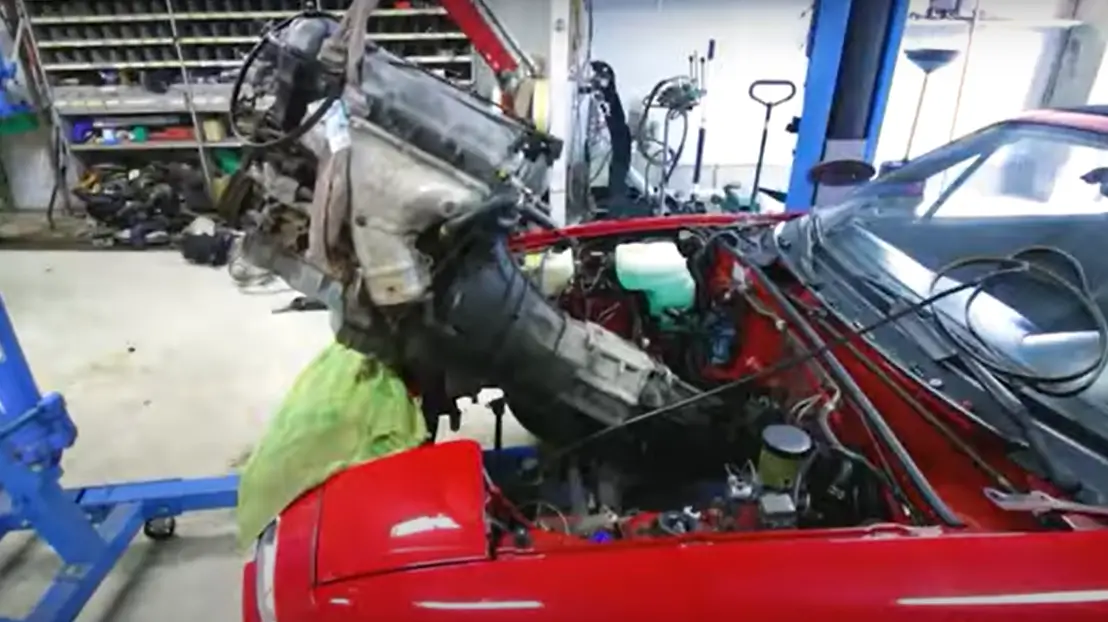
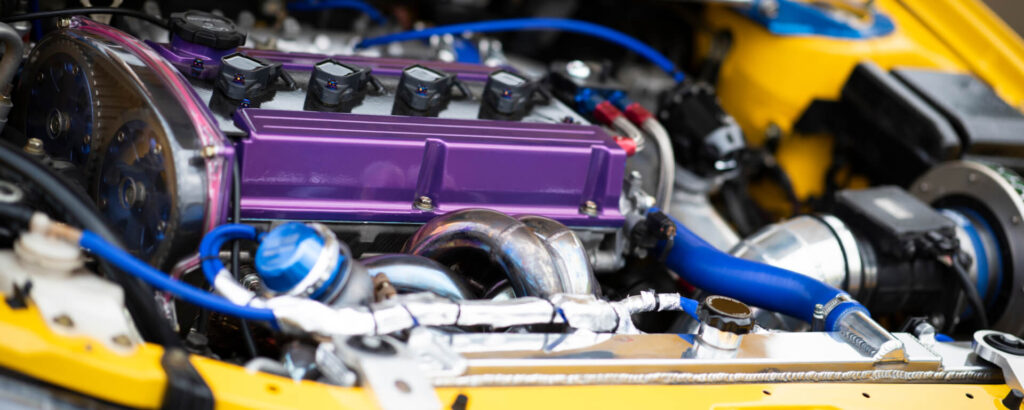
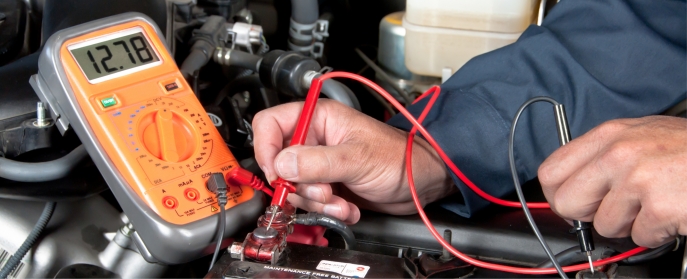
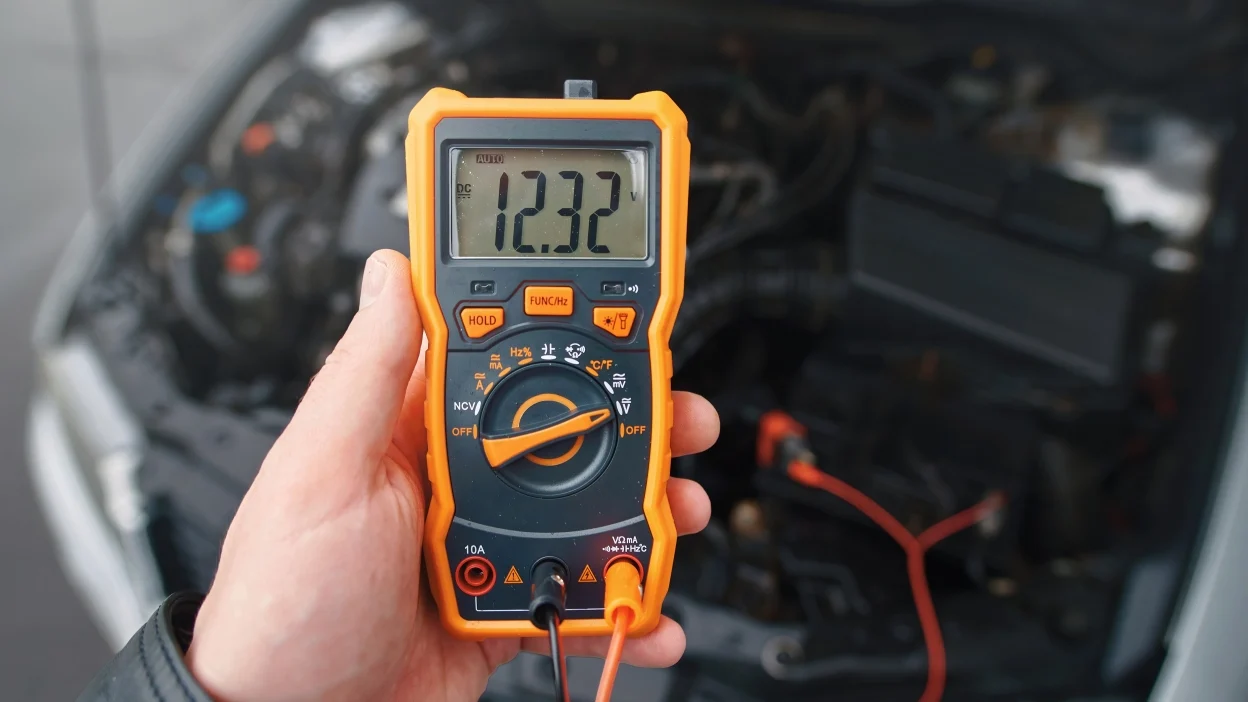
Leave a Reply